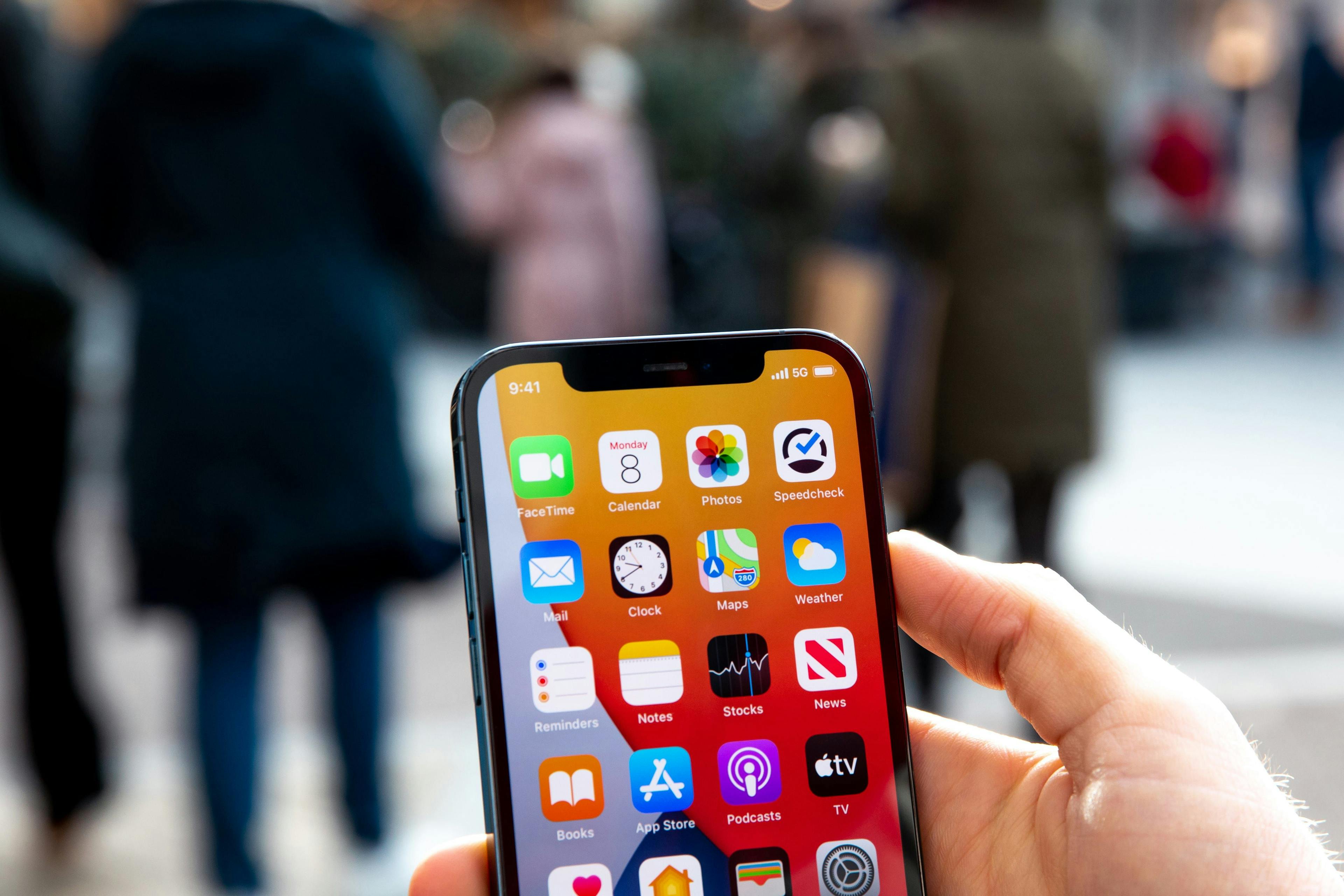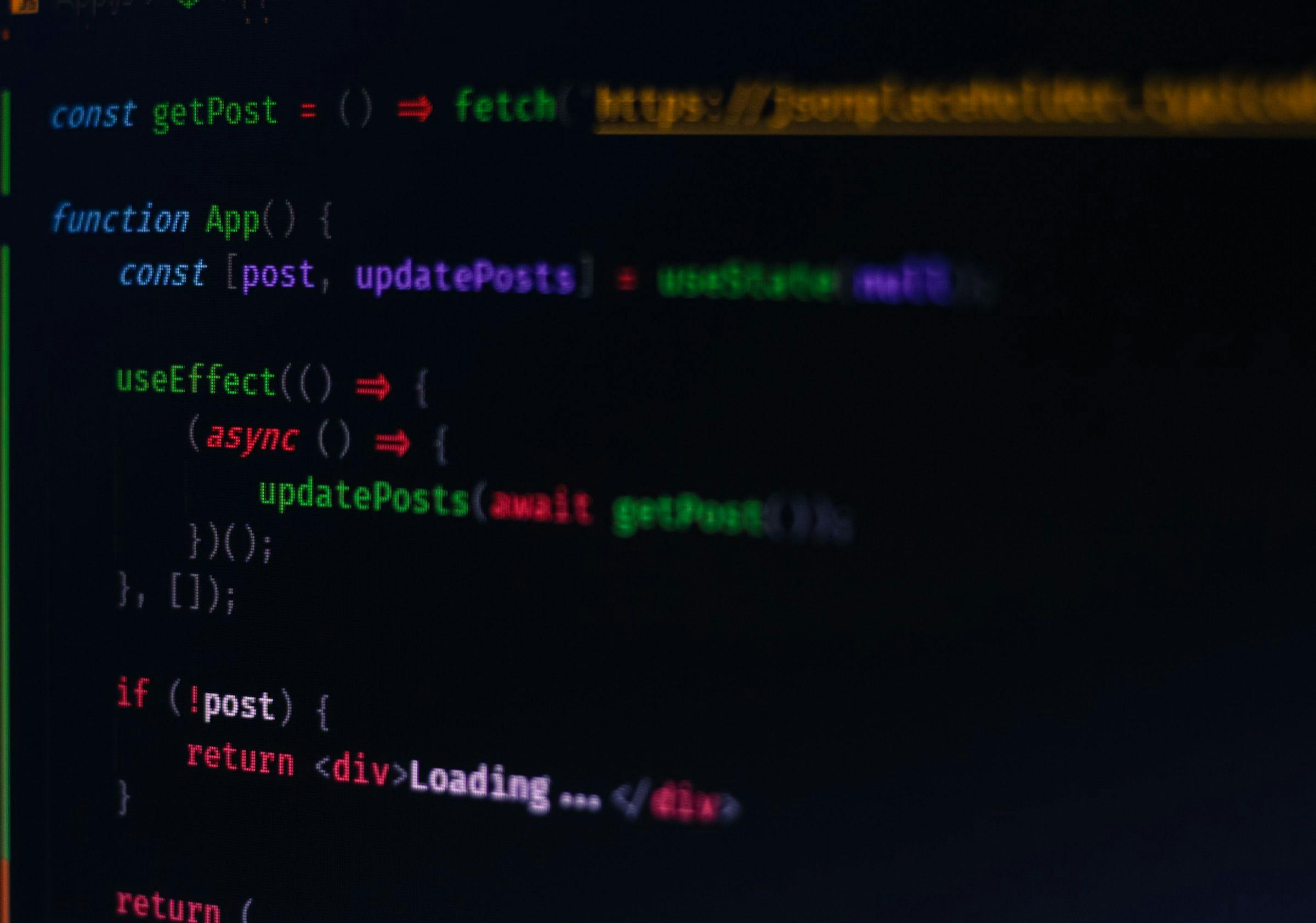More and more devices and applications are entering our lives every day. They all want only one thing, our attention. The more we give our attention to them results in the more time we spend on them, and the more time we spend on them turns into profits for these companies. Especially, people who want to change and improve themselves are extra aware of this because they do not do what they need to do, they spend hours on Instagram and Twitter and then they regret it. There has to be a right way but what’s it?
I’m going to be honest with you, there are clear explanations and ways to do some things in life, just like physics and chemistry where you can explain them with certain math. There is a definite way to do something by using this math and some other rules. However, when it comes to soft issues, such as the impact of social media on us, we can find hundreds, if not thousands, of ways. The reason for this is not that the subject is trivial, I did not try to say that it is an unimportant subject when I say the soft topic, but it has a structure that varies from person to person and it is a bit difficult to explain it with certain physics rules. So here I will talk about Digital Minimalism and show what works and what does not work for me. Because the depth of digital minimalism that everyone wants to reach is different. Take Cal Newport, author of Digital Minimalism, for example. Cal Newport does not have a social media account. If someone wants to reach him, that means he has to send an SMS or mail. Does this make Cal Newport strange or unsuccessful? Of course not. Because this is the system that works for him. However, in my case, a life without social media is unfortunately impossible.
So what is this Digital Minimalism thing? In fact, it is a trend that supports us to be aware of how much we use social media or our phones, as we should do in many other areas of our lives. As you become aware of what and how much you use, you will see where the problem or problems are and you take action accordingly. If you are looking at Instagram for 2 hours a day, I think this is too much. I would spend a maximum of 15–20 minutes in an environment where everyone wore, ate, and used the same thing on a daily basis, even that is too much for me, but anyway. Then we need to solve these problems and continue our newly created phone usage habits. It may be good to make a little warning here, this process is not a process of 1–2 days, it could take maybe a month or a few months. Because when you try to change everything in one day, like deleting apps, you can suddenly find those apps reinstalled on your phone in a couple of days.
Cal Newport says in his book that Digital Minimalism consists of three principles.
- The crowd costs dearly.
- Optimization is important.
- It is satisfying to act purposefully.
In short, we can summarize as follows, do not overwhelm yourself with more applications and services, having technology does not mean that you have to use it stubbornly, use it if you need it, and have a purpose when using new technologies.

When I think about it a little bit, I see Digital Minimalism as the application of the rules that we have to apply in every moment of our lives to our digital life. If you have 20 T-shirts that you love all and you don’t need an extra one, you wouldn’t buy a new one, right? I hope you said you wouldn’t buy it or my assumptions fail very bad. At least I can say I wouldn’t but, because this will not be an activity that will add any value to my life.
I think I was able to explain roughly what Digital Minimalism is. Well, what have I done to integrate digital minimalism into my life, let’s take a look at it in order;
Find Problems
The first step is to find out what apps, games, or devices are the issues. The first feature I set up is the Screen Time settings available on Apple devices. The same feature is available on Android devices as well. What does this screen time app do? In fact, this is a very functional feature where you can see how much time you spend during the day in applications, your daily averages and how many notifications are received from which application. When I first opened it, my life was ruined because I was very depressed when I saw I spent a few hours a day on Twitter and a few hours a day on Instagram.
When I looked at these settings on both my iPad and my phone, I saw which apps were stealing from my life and which apps were a problem for me.
The same feature is available on Mac computers as well, but it is difficult to find this setting on Windows computers, and it has been mainly developed to control children. I did not use any application to track my usage times on the computer, but I paid attention to how much time I spent while browsing a site or using a program.
New Limits and App Cleaning
Let’s say we found which apps and services are problematic. What will happen next? We must have an action plan. There are two different actions here, the first is to remove problematic applications and the second is to put a time limit on problematic applications.
Let’s start with the first one. Speaking for myself, it’s pretty hard to delete the app and keep it going. A week later, while you sit idly you see that Instagram uploaded back to your phone in an instant. I solved this situation on my 3rd try. I don’t have any social media apps on my phone, but my iPad has them all. Because I realized that I spend much less time browsing social media from the iPad. If I’m really craving for Twitter, I grab my iPad, spend a few minutes and leave it strangely bored. This situation has actually evolved into this; in times of crisis, I have a way to evade it. Maybe the iPad won’t work for you, then you can just leave the social media to the computer. It is just a suggestion.
Let’s take a look at the second way. Let’s say you have a business-related to social media, you need to be able to access it immediately when necessary, then you can set an application-specific time limit in the screen time settings. The first few days will be a problem, I’m sure of that, but gradually you will optimize your use and find the sweet spot. Just a little hint here, if you want to strictly adhere to the time limits you’ve set, have a friend set the time limit passcode and tell him not to tell you the password. This means that after 30 minutes of Instagram, you will not be able to access Instagram again during that day. The hassle-free solution.
Sustainability and Time Use
The main problem is actually making these techniques you apply sustainable. As I said before, deleting problematic apps and trying to move on did not work for me. I had to try different methods. In fact, this is the reason why this process takes a long time, to find the right way. Of course, you will determine whether you find the right way or not, based on your success.
Finally, let’s say you have saved a lot of time on social media, what are you going to do with this time? I am not sure if I am in a position to suggest something to you here, but I think spending time with your loved ones will be the best choice. Other than that, speaking for myself, writing on Medium, learning new programs, and reading books on topics I love are the methods of spending this time I have earned.
If you are also experiencing temporal problems with technology and social media, digital minimalism can be a good starting point for solving these problems. However, as I mentioned, it is up to you to find the action plan that will suit you here by trial and error.




![[object Object]](/_next/static/media/bugra-dark.8a564d9e.svg)